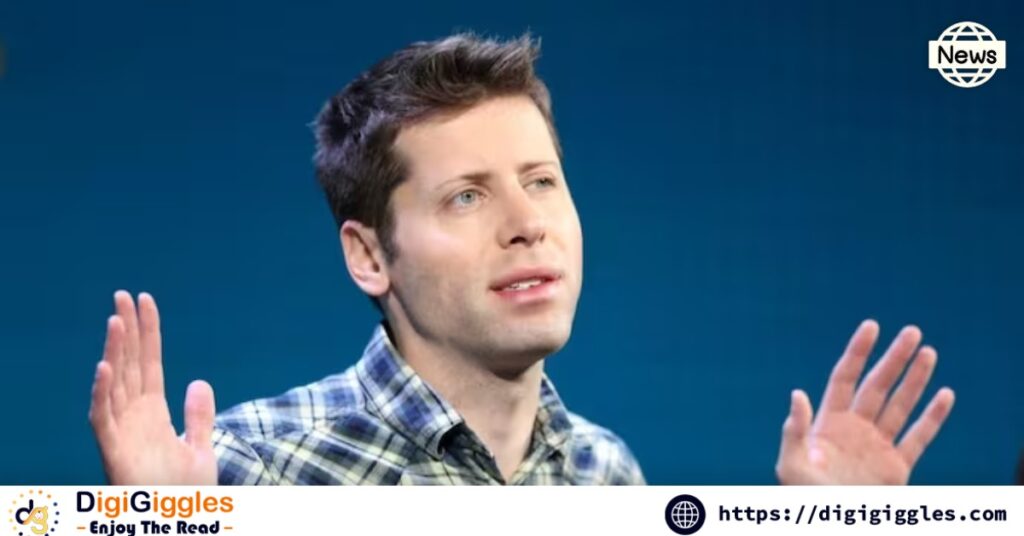
Sam Altman, CEO of OpenAI, has already started talking about ChatGPT-5, the next generation, and he says, “it’s gonna be better at everything across the board.” Altman provided insights about GPT-5 during his speech at the World Government Summit, claiming that the new model will be “faster,” “smarter,” and “more multimodal.” What he intended to emphasize about GPT-5 is the model’s increased intelligence, even though other companies creating comparable models might claim the same improvements. Altman remarked, “This is a bigger deal than it sounds.” The generality of these models is what gives them their magical quality. He continued, saying that if they are smarter, it means they are marginally superior at everything.
However, what exactly does “smarter GPT-5” mean? Imagine artificial intelligence having the ability to quickly and accurately comprehend and interpret not only words but also sounds, images, and other types of data. The main idea, which has a very futuristic vibe to it, revolves around an AI that is capable of thinking for itself and creating other AI that is similar to it without the need for human supervision.
Altman has made references to ChatGPT-5’s enhanced general intelligence and its capacity to manage several data kinds at once. This development has the potential to completely transform AI applications in terms of speed, effectiveness, and dependability. There is no information available from Altman about a possible release date. It is speculated that GPT-5 will become “Gobi,” a multimodal AI model that will be released in the spring of 2024.
The OpenAI chatbot GPT-5 is an upgraded version of GPT-4. To use GPT-4, users must pay a monthly fee. GPT-4 is capable of understanding, producing images, and conversing just like a human. Expected to be even better is GPT-5. It will ultimately handle more content, such as videos, be more customized for every user, and make fewer errors.
While we wait for further information on GPT-5, OpenAI debuted Sora, an AI model, on Friday morning. Sora can generate minute-long videos in response to text prompts. The OpenAI stated that we are training AI to comprehend and mimic the physical world in motion in order to create models that assist humans in solving issues that call for real-world interaction.
In the meantime, Google has revealed its own next-generation Gemini 1.5 AI model, which it claims can handle up to 1 million pieces of information at a time—the most any large model has ever been able to do. This comes after the release of OpenAI Sora and the GPT-5 insights from Sam Altman. This indicates that 1.5 Pro can handle enormous volumes of data at once, such as over 30,000 lines of code or over 700,000 words in codebases, as well as One hour of audio, eleven hours of video. We’ve successfully tested up to 10 million tokens in our research,” Google adds.